It might surprise you, but the classic image of the bustling city as the center of real estate action is being seriously challenged. Suburban real estate, once thought of as sleepy or secondary, is now stepping into the spotlight with a boldness nobody quite expected. The reasons are varied, but they all come down to one thing: people are rethinking what matters most in their lives—and where they want to call home. What’s happening is nothing short of a transformation, with suburbs offering not only more space, but also a new kind of lifestyle that calls out to families, individuals, and investors alike. The rivalry between city skylines and suburban neighborhoods is heating up, and the outcome is turning the real estate world upside down.
The Remote Work Revolution

The shift to remote work has been a major game changer. When offices closed and dining room tables became desks, it no longer mattered if you lived near a downtown high-rise or a sleepy cul-de-sac. This newfound flexibility sent people searching for homes that would give them space for work and life, not just sleep. Suddenly, a backyard and an extra bedroom became more valuable than proximity to a city office. Suburbs, with their larger homes and quieter streets, fit the bill perfectly. Even as companies settle into long-term hybrid models, the demand for homes with home office potential continues to rise. This trend has helped level the playing field between urban and suburban markets, giving suburbs a real shot at attracting buyers who might never have considered leaving the city before.
Affordability and the Allure of Space
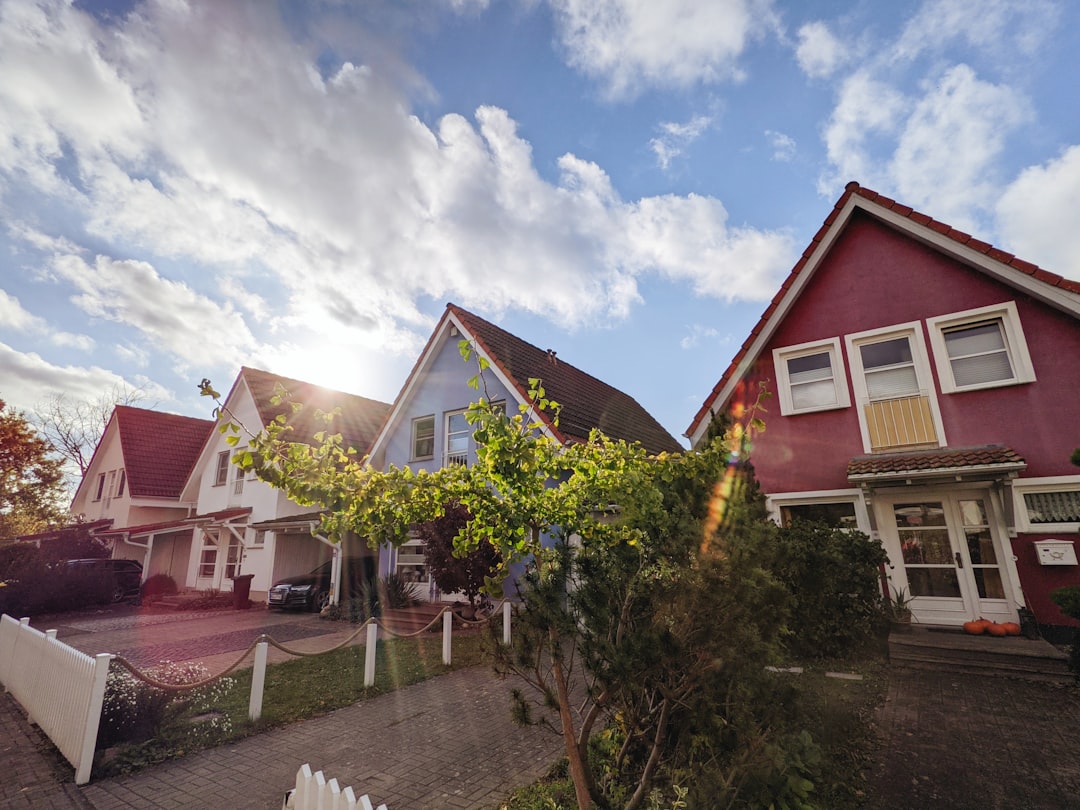
For many, the simple math of affordability is impossible to ignore. In cities, the price tag for even a modest apartment can be daunting, pushing many potential buyers and renters out of the market entirely. Suburban areas, by contrast, offer larger homes at lower prices, often with amenities like gardens, garages, and bonus rooms. This means families don’t have to sacrifice space for location. For first-time buyers, the suburbs provide a realistic path to homeownership that’s often out of reach in dense urban centers. The ability to stretch a dollar further is a powerful motivator, especially when it means getting a yard for the kids or a quiet street for evening walks. As long as this price gap persists, suburban real estate will continue to draw interest from those hungry for more space and better value.
Quality of Life: A Suburban Promise
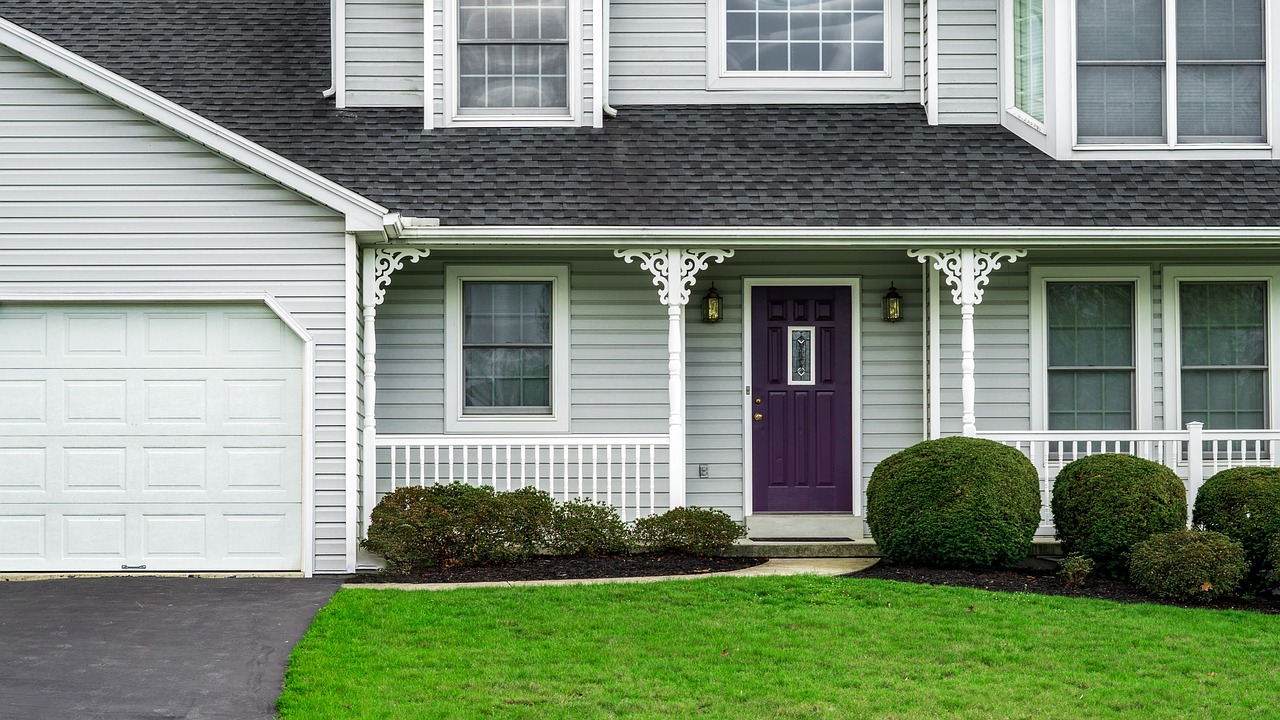
It’s not just about square footage and price tags—quality of life plays a huge role in the suburban surge. Many suburbs offer highly rated schools, spacious parks, and safe neighborhoods, making them attractive to families with children. The slower pace of life, less noise, and cleaner air add to the appeal, providing a sense of peace that’s hard to find in the city’s constant hum. There’s also a feeling of community in many suburban neighborhoods, where block parties and friendly neighbors are still the norm. These emotional benefits can be just as important as any financial calculation. For people burned out by city crowds and commutes, the promise of a calmer, healthier lifestyle becomes almost irresistible.
Suburbs Get an Urban Makeover
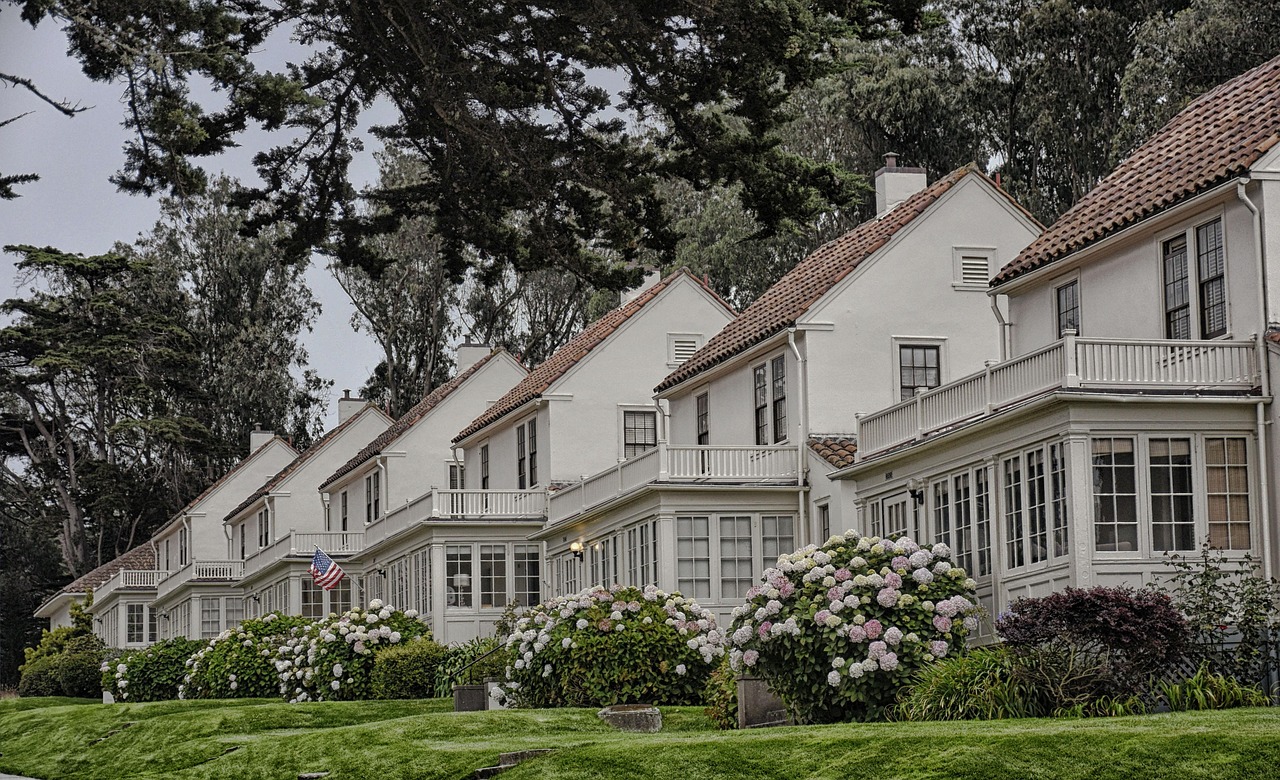
Suburbs aren’t just resting on their traditional strengths—they’re reinventing themselves to attract a broader crowd. New developments are popping up with trendy restaurants, boutique shops, and entertainment venues that rival those in the city. Walkable town centers, community events, and public art installations are becoming common features. Some suburbs have even started to develop their own “downtown” districts, giving residents a taste of urban excitement close to home. This blending of city flair with suburban comfort is drawing in young professionals and families who want the best of both worlds. The line between urban and suburban living is becoming increasingly blurred as suburbs work hard to meet the demands of a modern, diverse population.
Demographics: The Millennial and Gen Z Effect

A new generation of homebuyers is shaping the future of real estate. Millennials and Gen Z, who once flocked to cities for career opportunities and vibrant social scenes, are now looking for homes that better fit their evolving lives. Many are starting families, seeking stability, and prioritizing sustainability and access to green spaces. Suburbs offer just that, often at a price point young buyers can manage. These generations also value community and inclusivity, and suburban planners are responding with neighborhoods built around parks, bike trails, and shared spaces. The preferences of these younger buyers are changing the suburban landscape, making it more dynamic and appealing than ever before.
Investment Opportunities in the Suburbs
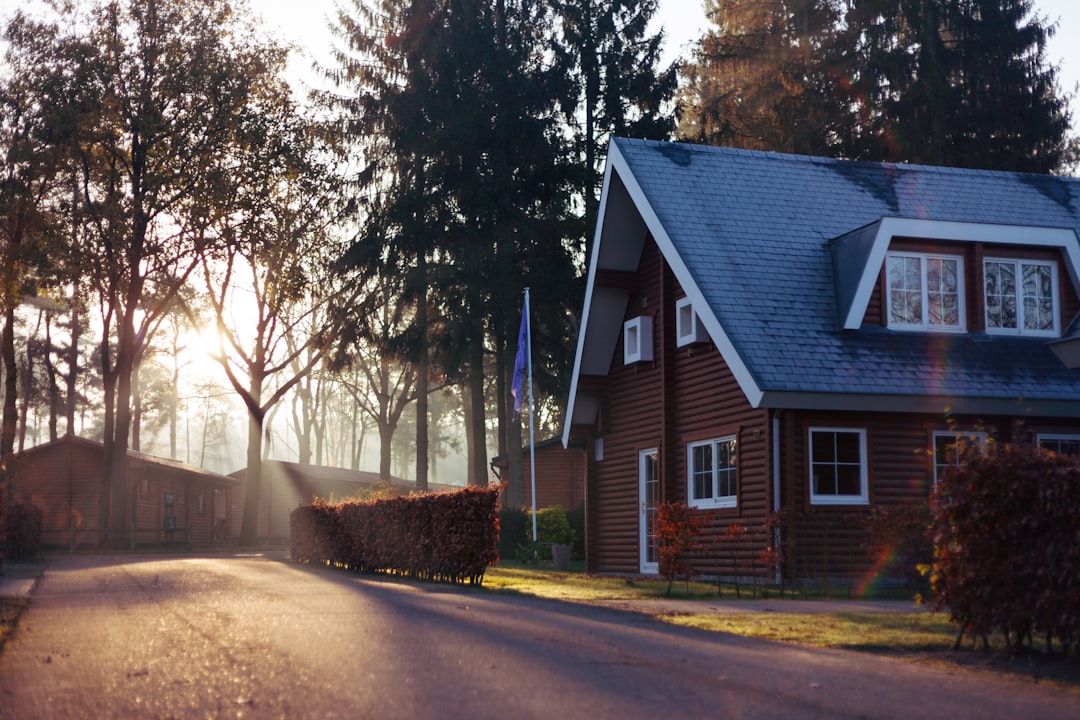
Savvy investors are taking note of the shift in demand. As urban markets become saturated and expensive, suburban real estate is emerging as an attractive alternative. Rental properties in suburbs are seeing increased demand, especially from families and professionals who need more space but can’t afford city prices. Investors are also drawn to the potential for property value appreciation as suburban popularity grows. In some cases, entire suburban neighborhoods are being revitalized and redeveloped, offering opportunities for growth that rival traditional city investments. The combination of rising rents, affordable entry points, and growing demand makes the suburbs a hot spot for real estate investment.
Infrastructure: Making Suburbs More Accessible
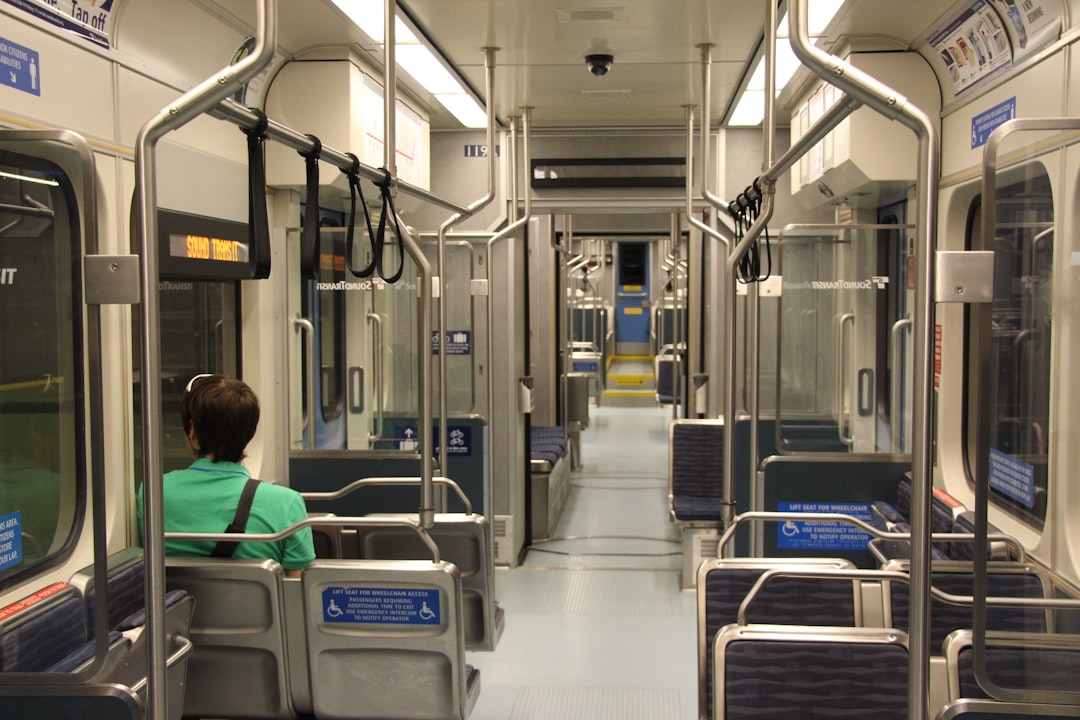
Infrastructure improvements are playing a key role in the suburban boom. Better highways, expanded public transportation, and new bike paths are making it easier than ever to live in the suburbs while staying connected to city jobs and amenities. Developers are also investing in fast internet, modern schools, and healthcare facilities to make these areas even more attractive. These upgrades reduce the hassle of commuting and give residents more reasons to stay local for work, shopping, and recreation. As suburban infrastructure catches up to urban standards, the gap between city and suburb continues to narrow, making the decision to move out of the city less daunting.
Sustainability and the Green Suburb Movement
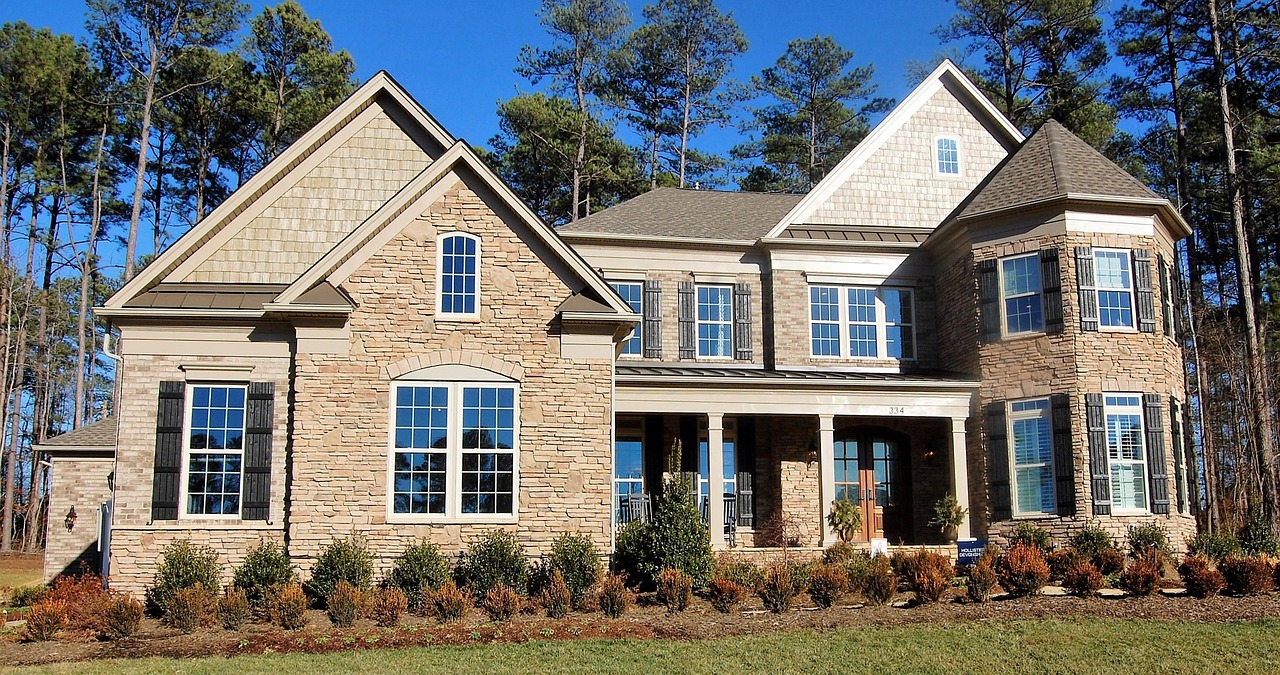
Environmental concerns are shaping the way suburbs grow and attract new residents. Many new suburban developments now feature energy-efficient homes, solar panels, and green building materials. Large parks and preserved natural spaces are common in modern suburbs, offering residents the chance to connect with nature and live more sustainably. This focus on the environment is especially appealing to buyers who want to reduce their carbon footprint and raise their families in eco-friendly surroundings. Suburbs that prioritize sustainability are finding themselves at an advantage in the race against urban markets, especially as climate awareness grows.
Technology and Smart Suburbs
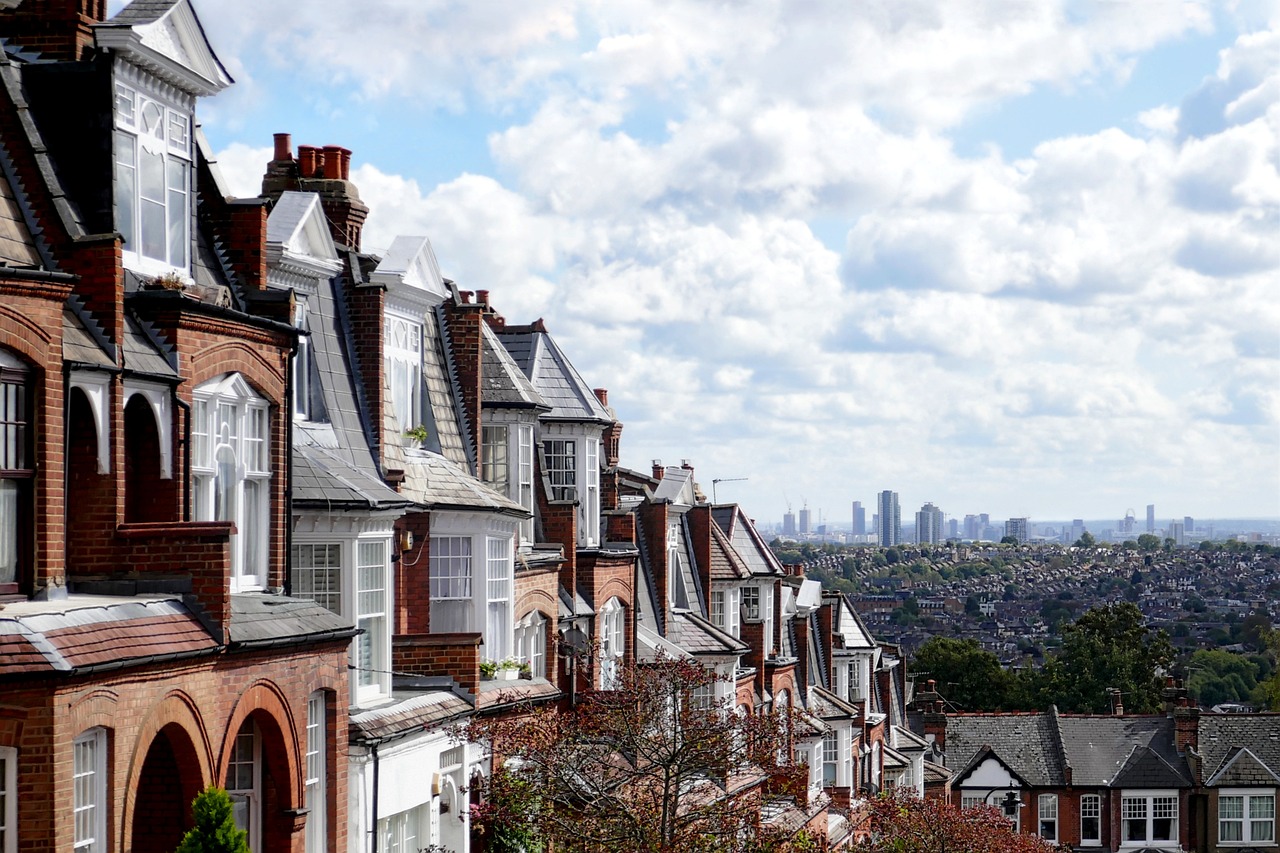
The rise of smart home technology is another factor giving suburbs a competitive edge. High-speed internet, smart security systems, and connected appliances are becoming standard features in new suburban homes. These technological perks make suburban living convenient and modern, challenging the stereotype that tech innovation is limited to cities. Some suburban communities have even implemented neighborhood-wide smart systems for traffic, lighting, and waste management. This blend of modern tech with the comfort of suburban life is attracting a new wave of buyers who want both innovation and tranquility.
Community and Belonging: The Suburban Advantage
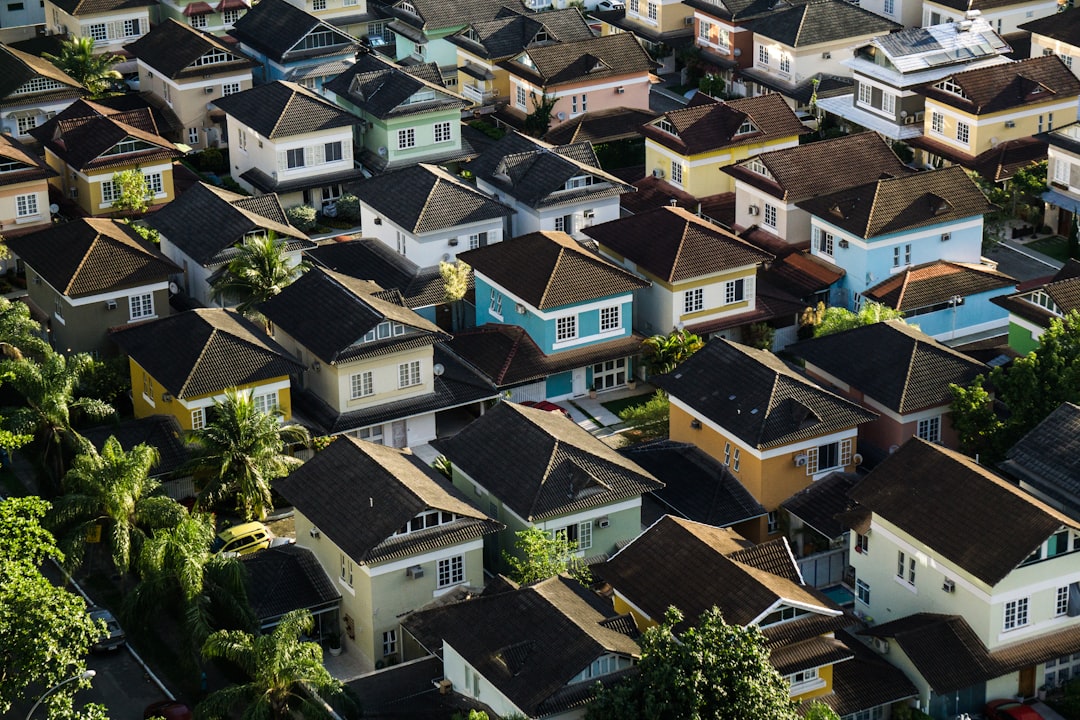
Perhaps one of the most heartwarming aspects of suburban life is the sense of community it fosters. Block parties, holiday celebrations, and neighborhood watch programs create strong bonds among residents. Children play together in cul-de-sacs, while adults gather for weekend barbecues or community projects. These simple, human connections can make a huge difference in how people feel about where they live. For many, the sense of belonging found in suburban neighborhoods is something money can’t buy, and it’s a major reason why so many are choosing the suburbs over the anonymity of city living.



